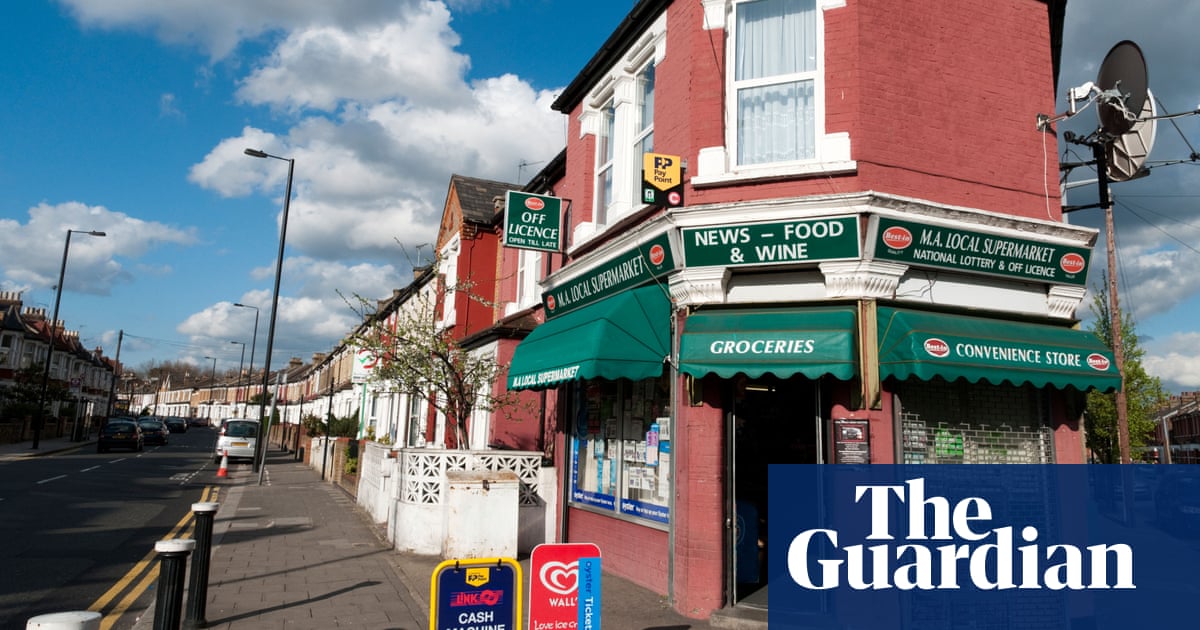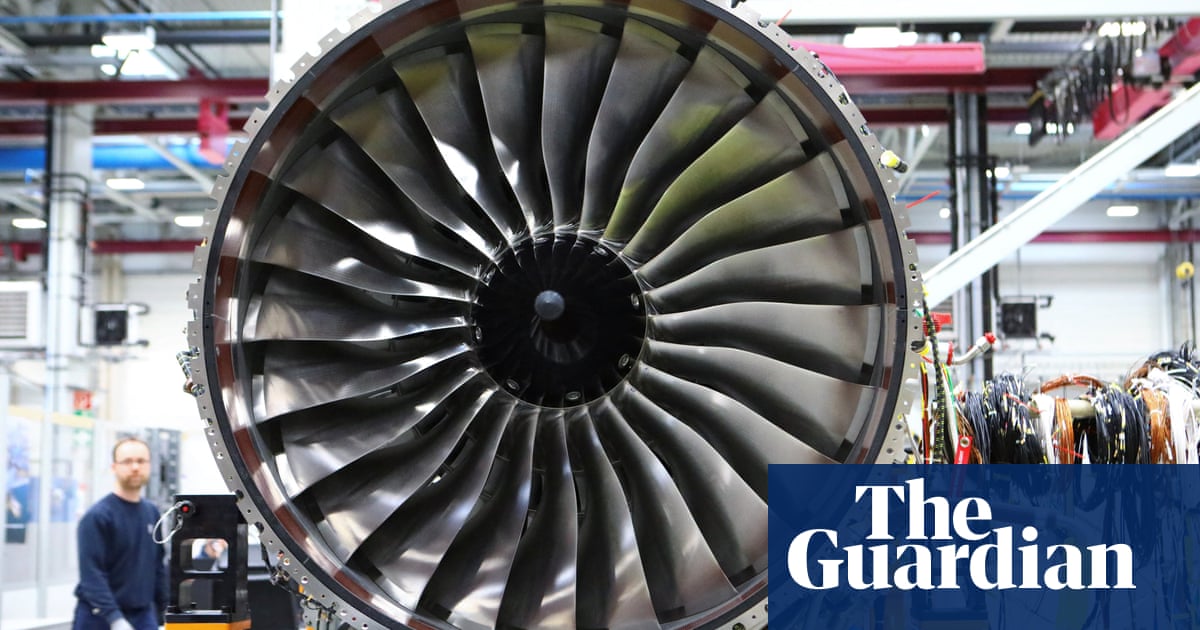
Parents are routinely paying more than double the price for branded school uniforms compared with similar items offered by supermarkets and high-street stores, an analysis by the Observer reveals.
Despite government guidance to reduce costs, the analysis shows that parents who are required by state schools to buy clothing featuring official school logos are still paying significantly more than for unbranded blazers, jumpers, ties and sports kit.
Labour committed in its manifesto to “bring down the cost of school by limiting the number of branded items of uniform and PE kit that schools can require”. The schoolwear industry says it has worked hard with schools to reduce costs, but as children in England, Wales and Northern Ireland prepare to return to classes this week, it said further restrictions would be counterproductive.
A sports polo top for ages 9-11 with a school badge typically costs about £11, compared with unbranded polo tops at M&S, where two can be bought for £9, and Asda, where a pair costs just £5. A small secondary school blazer with a logo typically costs about £35. A small senior boys’ school blazer costs £26 at M&S and £16 at Asda.
Statutory guidance published in 2021 requires schools to “keep the use of branded items to a minimum” and ensure their uniform supplier arrangements prioritise value for money. But some schools insist that parents buy as many as five branded items, which can include sports socks. Many parents say there has been no notable change in uniform requirements since the guidance was introduced.
Research published by the Children’s Society found last year that parents spend an average of £422 a year on secondary school uniforms and £287 on primary uniforms. The schoolwear industry says its own data shows much lower costs for parents.
Mark Russell, chief executive of the Children’s Society, said: “Despite guidelines aimed at reducing school uniform costs, families are still struggling with the high prices of sending their children to school in the correct attire. We urge schools to reduce the number of branded items required, which could significantly lower expenses for parents. School uniforms offer many benefits, but they must be affordable. It’s time for schools, parents and governors to collaborate on uniform policies, and work with suppliers, to ensure that undue financial strain is not placed on families.”
Mike Amesbury, the Labour MP, introduced the private member’s bill to curb the cost of school uniforms and now wants the new government to introduce a cap of two branded items across both uniform and sports wear. The commitment to reduce uniform costs in the Labour manifesto is expected to stipulate a maximum of three.
Amesbury said many schools now put affordability “centre stage” following the statutory guidance, but research by the Children’s Society suggested not all schools had complied.
He said: “One of the reasons I brought forward a private member’s bill promoting affordable uniforms was because parents and carers kept highlighting the prohibitive expense when schools insisted on a plethora of bespoke items.”
Schools can choose a sole supplier for branded uniforms but are required when they do to run regular tendering competitions and secure the best value. Trade body the Schoolwear Association is lobbying to restrict further tightening of the guidelines. Its members are concerned that parents may move to what they describe as “unbranded, lower-quality schoolwear products”.
Matthew Easter, chair of the Schoolwear Association, insisted the uniforms made by member companies were of higher quality compared with cheaper items. “They are completely different,” he said. “They are designed to wash and wear repeatedly. In terms of value, they are brilliant products.”
He said the costs of buying a school uniform had gone down, despite inflation, following the 2021 statutory guidance. It would be wrong, he claimed, to implement further restrictions because schools had already reviewed their uniform to ensure value for parents.
The association’s survey of suppliers has found the average cost of compulsory secondary school uniform and sportswear items for a child starting school in 2024 is £92.35, which it says is a 4% drop compared with last year and “a drop in real terms of 25%” since the guidance was introduced. It says a shift from “higher-quality branded items” would mean families being forced to replace items on a more regular basis.
Easter said: “It is a bit of a waste of time to make schools review their uniforms again when there are much more important things that schools need to think about.”
A survey by the association in partnership with the Teacher Tapp app found more than eight out of 10 teachers believed school uniforms were vital to creating a level playing field. The association says uniforms foster “a sense of community, equality, discipline and professionalism”.
In France, pupils are not required to wear school uniforms, but some schools are now piloting uniforms.
A Department for Education spokesperson said: “Too many families tell us that the cost of school uniform and PE kit is too expensive. No child should be prevented from looking smart in school or taking part in sport because of cost.
“That’s why we will legislate through the children’s wellbeing bill to cap the number of items of branded uniform and PE kit that schools can require, driving down prices for families, driving up standards in schools and breaking down the barriers to opportunity.”












